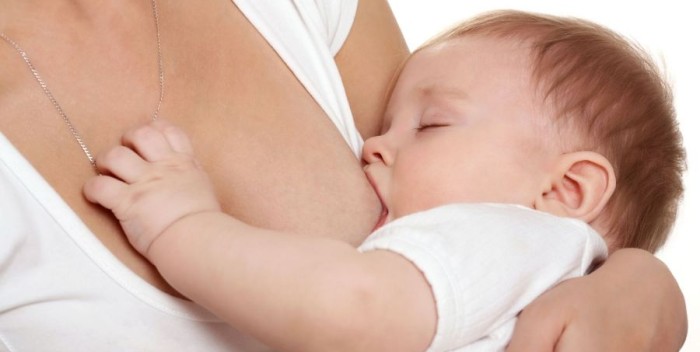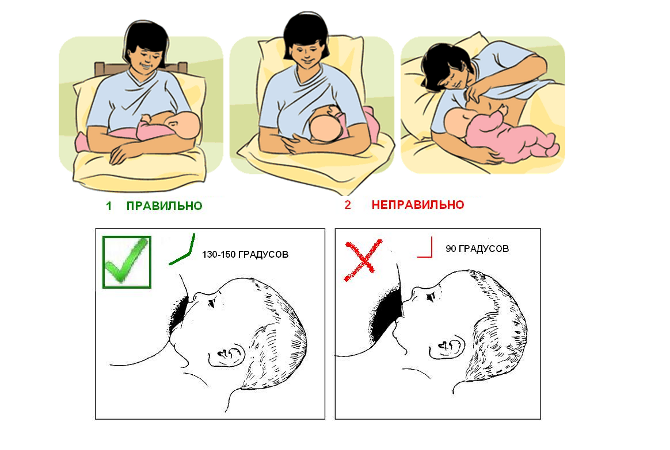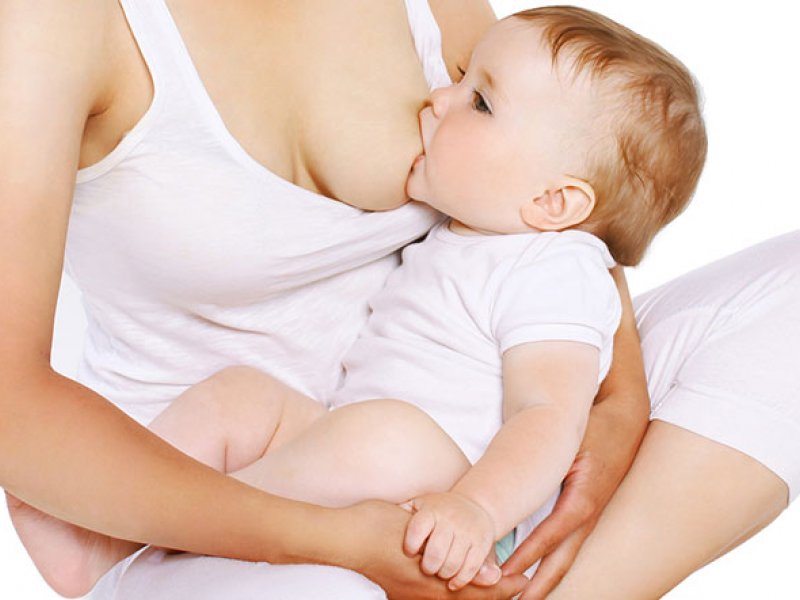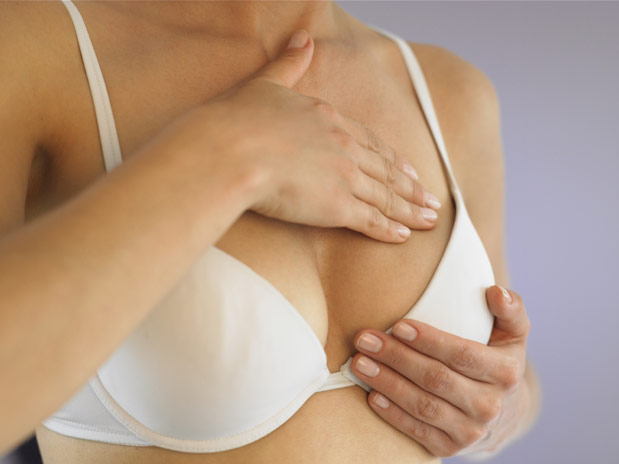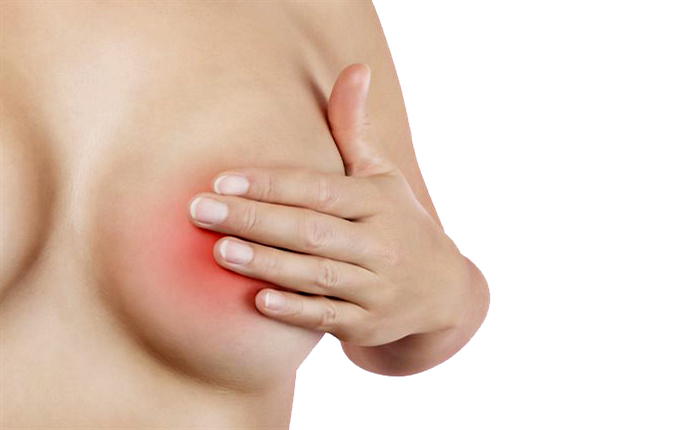Breastfeeding: answers to popular questions
Breastfeeding is considered a completely natural process, which is why many young mothers during pregnancy do not even think about how to properly prepare for it. In practice, however, this turns out to be much more difficult. Quite often, during the period of establishing lactation, various problems arise: painful sensations, the child refuses to breast, lack of milk and others. But they can be easily resolved or avoided by researching the answers to popular questions about breastfeeding in advance.
Content
How to breastfeed properly
Undoubtedly, the best food for a baby in the first year of his life is mother's milk. In addition, it is believed that when a mother breastfeeds her baby, a close relationship is formed between them, and this is of great importance for the development of further relationships with the child.
The following recommendations will help to successfully establish lactation and keep it as long as possible:
- Latch your baby to the breast correctly. The baby should grasp the nipple along with the areola, this will be evidenced by his turned out lower lip and tightly pressed chin. This will allow him not to swallow excess air, which provokes gas formation in the tummy, and you will avoid cracked nipples.
- Choose a position that is comfortable for both of you, because sometimes feeding is delayed for quite a long time. Try not to hold the mammary glands with your fingers, as the ducts can be transmitted, which leads to lactostasis.
- Today, pediatricians welcome on-demand feedings, but the interval between them should be at least 1.5-2 hours so that the milk has time to be digested. In addition, the more the baby sucks, the more it is produced. At first, it can be applied to the breast up to 10 times a day, with age, this amount decreases to 7-8 times.
- The time of one feeding should be at least 30 minutes on average. But all babies are different: someone eats up a little faster, and some like to sleep on their mother's chest and then continue their meal.
- Give one breast only one feed, and the next, alternate between them throughout the day. Thus, the baby will receive "front" milk, which will quench his thirst and "back" milk, rich in all the necessary vitamins and nutrients. You can offer a second breast if the baby is not full.
- Usually, a well-fed baby releases the breast on its own. But if he fell asleep with it in his mouth or did not properly grab the nipple, then you need to carefully take it away. To do this, lightly press on his chin, or insert your little finger into the corner of the baby's mouth and turn it a little.
An active and cheerful baby, evenly gaining in height and weight - this means that you are doing everything right!
How old is a baby to breastfeed?
There is no consensus and specific age limits on this issue. Experts from the World Health Organization recommend providing exclusive breastfeeding (without additional feeding) in the first 6 months of a baby's life. And then gradually transfer the child to regular food products, combining this with breastfeeding for up to 2 years. Pediatricians call their terms - up to 1 year, and consultants from AKEV (Association of Natural Feeding Consultants) consider 3 years to be the norm.
Therefore, first of all, it is necessary to observe the behavior of your baby, and at the right time you can determine his willingness to say goodbye to the breast. Indeed, as he grows up, he has new activities and entertainment, other food, which means that gradually he begins to lose interest in it and less often apply.
And remember, no matter how long the period of breastfeeding lasts, the most important thing is that it should bring pleasure to both you and your baby.
What to do if the baby does not breastfeed
Today, quite often, young nursing mothers are faced with the problem of baby refusal from breastfeeding. At the same time, they have a sufficient amount of milk and a desire to continue lactation as long as possible.
Most often this is observed in the interval from 4 to 8 months and here it is important to recognize this "imaginary" refusal or "genuine". The first option may be associated with an illness (for example, a runny nose), when the child experiences physiological discomfort while sucking. The second case is characterized by a categorical reluctance to breastfeed and restless behavior, hysterical while feeding for several days in a row. Here you need to identify the cause as soon as possible and take action.
Let's figure out why this is happening:
- Active use of feeding bottles and nipples to calm the baby. In this case, he gets confused, and he chooses the most convenient way of sucking for himself, which turns out to be not in favor of his mother's breast. There is only one way out - to remove all these items away and feed from a spoon or syringe without a needle. And as a reassurance, it is more to carry the child in your arms (or in a sling), to rock and be sure to feed at least 2-3 times at night, so that he feels the constant presence of his mother.
- Too much entered complementary foods, which the baby eats and does not feel the need for supplementary milk.
- Habit fall asleep no breast and no night feedings. Of course, at first, this behavior of the baby pleases the mother, she gets enough sleep at night. But the most important thing here is to prevent the loss of the need for breastfeeding during the daytime.
- Lack of breast milk is also a reason for rejection. We will talk about how to solve this problem a little later.
Breast pain when breastfeeding
During lactation, painful sensations may occur in the breast. But their nature can be completely different - from the natural adaptation of the body to more serious problems. Therefore, a woman needs to be very careful about her well-being.
The causes of pain in the mammary glands are:
- Natural. A young mother may feel a tingling sensation at the time of flushes of milk, and in the morning from a large amount of milk, her breasts seem to be bursting. This usually occurs in the first three months of feeding. In this case, you just need to feed the baby on time or “pump” a little until you feel relieved.
- Lactostasis - stagnation of milk in the ducts. It can be recognized by the lumps formed in the breast, reddening of the skin on its surface, it becomes hot. At the same time, the mother hurts during and after feeding. To prevent this, you need to protect your breasts from drafts, hypothermia, bruises, do not wear too tight underwear, do not sleep on your stomach and follow the feeding regimen in order to empty it in time.
- If you do not recognize and start treatment of lactostasis in time, then it can lead to more serious complications - mastitis. This disease is characterized by severe pain in the mammary glands, seals that cannot be drained, high body temperature, chills. In this case, you should immediately consult a doctor.
Nipples hurt when feeding
With the wrong organization of breastfeeding, another trouble can overtake a young mother - injured nipples, which give her strong pain. Cracks appear on them, which in advanced cases can even bleed.
This may be due to:
- Improper attachment of the baby to the breast, which has already been described earlier.
- Interruption of the feeding process. It is impossible to abruptly and forcibly take away the breast from the child, and if it is very necessary, then do it correctly with the help of your little finger.
- Careful care too. Frequent washing of the teats before feeding, especially with soap, leads to the fact that their protective lubricant disappears, the skin dries up and becomes especially susceptible to mechanical damage.
- Improper pumping. If there is a need for this, then it is very important to do all the manipulations with your hands carefully and carefully. Better to use a breast pump, but the main thing here is not to overdo it.
Today in pharmacies you can buy various ointments and creams that promote the rapid healing of cracks in the nipples. The most effective and popular are Bepanten, PureLan, Mama Care, Sanosan, Mama Comfort, Nipple cream from Avent, We see.
Diet while breastfeeding
In order to provide the baby with all the necessary vitamins and not provoke the appearance of allergies a young mother needs to follow a certain diet and eat right. You can read more about the diet of a nursing mother here.
Not enough breast milk - what to do
During the period of breastfeeding, a woman needs to be especially protected from unnecessary stress and physical fatigue, because the amount of milk that she can give to the baby directly depends on this. First of all, mom needs to eat well and get enough sleep, which is not so easy with a baby. But there are times when this is not enough and additional measures need to be taken to increase lactation.
There are several ways to increase your breast milk production:
- Frequent latching of the baby to the breast. During the day, every 2 hours. Do not neglect night feedings, because it is during these hours that the prolactin hormone is actively produced.
- Warm food and drink, moderately hot bath or shower.
- Reception of lactogonous teas and herbs. Steep dill seeds, fennel, anise, nettle. You can also take ready-made herbal teas, for example "Laktafitol", "Babushkino Lukoshko".
However, the surest remedy for successful lactation is a mother's desire to feed her baby with breast milk!
How to wean a baby
The issue of weaning is a concern for many young mothers. First of all, age is of great importance here, because a baby up to one year old will be much easier to endure separation from her than a child of one and a half or two years, who already understands everything well and is used to close contact with his mother.
The most painless and effective way to naturally stop breastfeeding. It involves the gradual abolition of first daytime feedings, replacing them with complementary foods, then morning and, last but not least, nighttime. Thus, the amount of milk produced by the mother is reduced and finally disappears. But you should be prepared for the fact that this can take quite a long time. But you will be able to avoid unnecessary stress. During this period, try to give the baby as much attention as possible and distract him from the breast in all possible ways - games, walks, reading fairy tales, night hugs.
